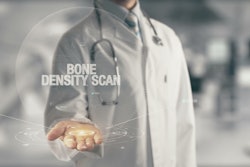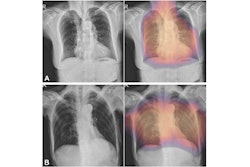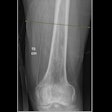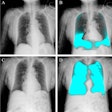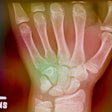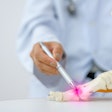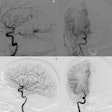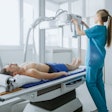Dual-energy x-ray absorptiometry (DEXA) findings suggest that electrical stimulation using a portable low-frequency device may improve bone health in premenopausal women, researchers have reported.
The finding is from a pilot study that used DEXA to assess 48 women's bone health 10 weeks after application of an electrical stimulation device on the femur, noted lead author Alain Comtois, PhD, of the University of Montreal in Quebec, Canada, and colleagues.
“Portable electrical stimulation devices offer a promising nonpharmacologic approach to enhancing bone health by promoting osteogenesis and potentially reducing fracture risk,” the group wrote. The study was published November 23 in Clinical Therapeutics.
Osteoporosis is a progressive skeletal disease marked by a decline in bone mass. Women are disproportionately affected, with a significant increase in risk after menopause, the researchers explained. While pharmacologic treatments exist, their side effects, cost, and limited access are barriers, prompting an urgent need for more accessible, effective interventions, they added.
Portable electrical stimulation devices offer a promising approach, with early studies showing they can stimulate osteoblast proliferation, for instance. To further evaluate their use, the group conducted a pilot study that tested them in premenopausal women as a potential upstream osteoporosis prevention treatment.
The researchers recruited 48 healthy premenopausal women between the ages of 18 and 45. None of the women had a history of conditions affecting bone metabolism, and none were using medications that could interfere with the study outcomes.
Participants were split into either a stimulation or a placebo group and completed 30 supervised interval training exercise sessions with or without stimulation that targeted the greater trochanter of the femur. All of the women underwent DEXA scans to assess bone mineral content, bone area, and bone mineral density at baseline, midpoint, and postintervention.
According to the analysis, the stimulation group experienced a median increase in leg bone mineral content (BMC) of 1,038 grams to 1,056 grams, while the placebo group showed a temporary midpoint decline and incomplete recovery in leg BMC (median 1,045 grams to 1,032 grams).
In bone area (BA), the leg region again demonstrated a significant change over time (p = 0.015), with leg BA increasing in the stimulation group from 813 cm² to 830 cm², whereas the placebo group experienced a midpoint decline with only partial recovery (831 cm² to 817 cm²).
Neither group showed significant changes in bone mineral density (BMD) over time, and no significant differences were observed between groups or across the intervention period (p > 0.12 for all comparisons), the researchers reported.
“While the intervention did not impact BMD over the 10-week period, significant gains in leg BMC and BA indicate potential for clinical benefit, particularly in fracture-prone regions,” the group wrote.
The researchers noted that this was a pilot study, writing that in their next trial, they plan to shift to a flexible, home-use model that allows participants to self-administer sessions on any three weekdays at times of their choosing, with adherence verified remotely.
“Home-based deployment will reduce reliance on specialized facilities and personnel, making the technology accessible in rural areas and low-resource communities where preventive bone health services are often limited,” the group wrote.
The full study is available here.





